Hollywood’s Untold Truths Only Extras Can Share
Most people see movie sets as glamorous, but extras know the real story is quieter. These background actors notice all the odd routines and tiny rules that never make it on screen. They pick up on how scenes get shaped, who gets the best snacks, and the ways a single detail can matter more than anyone expects. If you want to understand what goes on behind the camera, ask someone who spends the day blending into the crowd.
Extras Live in “Hurry Up and Wait” Mode
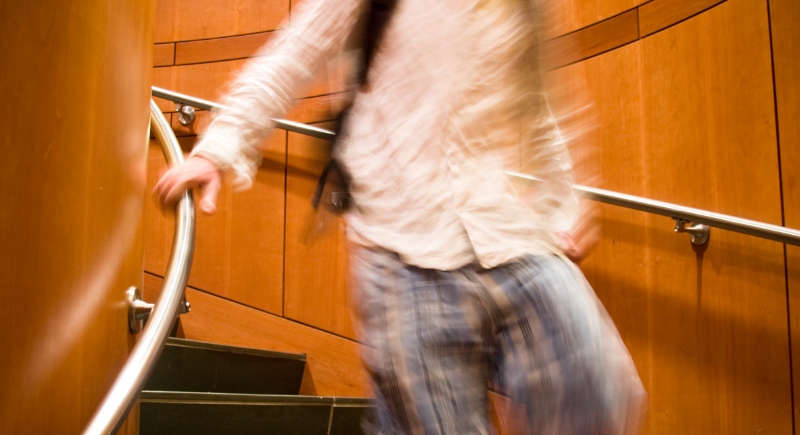
Credit: Getty Images
Long hours punctuated by frequent downtime define the extra life. Actors might show up before dawn, stand by for the scene, and leave after sunset, even if they never make it on camera. A whole day can vanish during setup, light checks, or retakes.
Phones and Selfies Are Forbidden

Credit: Canva
Breaking this rule often means being escorted off location. Privacy and spoilers keep sets under tight wraps, and backgrounds are no exception. That rule keeps cast and crew in safe hands, but it also means extras depend on post-release glimpses to spot themselves.
Fake Booze Tastes Oddly Vinegary

Credit: pixelshot
Props look convincing, taste less so. When characters sip a drink, extras often get seltzer water tinted with edible dye or vinegar masquerading as a luxury drink. Ice cubes are made of gelatin to avoid melting issues during long shoots or bright lights.
Meeting Actors Is Rare, Even If Close
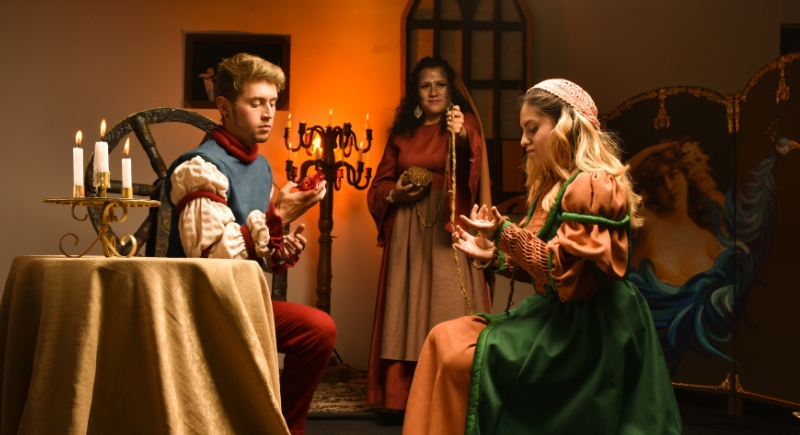
Credit: pexels
Extras may brush shoulders with stars during takes, but talking is taboo. Direct interaction can result in being booted. Hear stories of Tom Hanks walking over to chat? That’s exceptional. Usually, you’ll pass like silent ghosts, conscious of the camera frame and etiquette.
Miming Skills Outshine Conversation

Credit: Dapa Images
Extras are trained to look lively without making a sound. When cameras roll, they pretend to chat, clap, and celebrate, but their mouths move in silence. You might see a packed crowd on screen, but on set it’s almost dead quiet—no one wants to ruin a take by talking over the main actors.
Background Cars Must Be Boring on Purpose
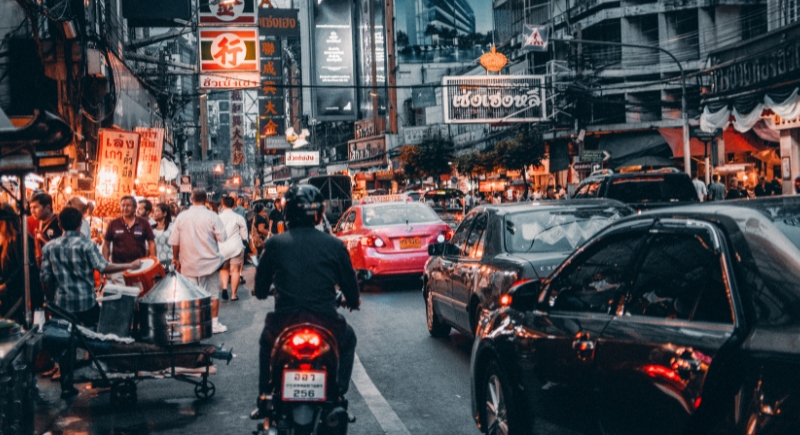
Credit: pexels
Film crews prefer nondescript vehicles parked in the background. Bright colors or flashy designs steal attention. That’s why a beige sedan or silver SUV gets called in more often than a vintage sports car. Extras who drive neutral cars might get a small bonus if their vehicle makes the cut.
The Generic Look Is Your Gold

Credit: Getty Images
No stand‑out traits allowed. Extras aim to be invisible, wearing bland shades—grays, black, dark blue, often loathed white, and banned logos. Someone who looks like a star or draws attention might get bumped from the scene. Staying low‑key ensures a consistent crowd fills and spares costume continuity headaches.
Wardrobe Continuity Can Be Obsessive
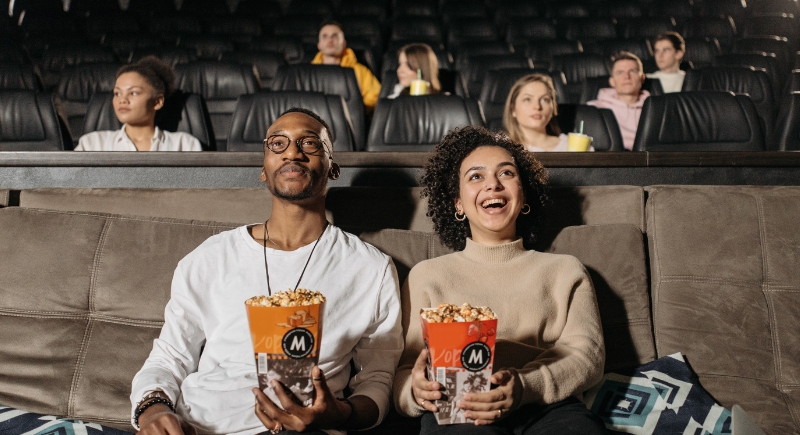
Credit: pexels
A single shirt fold or jewelry piece has to stay perfect for multiple camera takes. Add costume assistants snapping Polaroids or checking every outfit change before each shot. Extras must freeze in place until everything matches previous frames. Even a sea breeze messing with hair can prompt a do‑over.
Camera Doesn’t Always Compensate Your Time

Credit: Getty Images
Spending days on a scene doesn’t guarantee screen time. Extras may rehearse every move, stand in camera-attack position, and get dozens of takes… yet end up cut or blurred out. Visibility relies on angles, lighting, pacing, and sometimes pure luck.
Speaking A Single Word Changes Everything
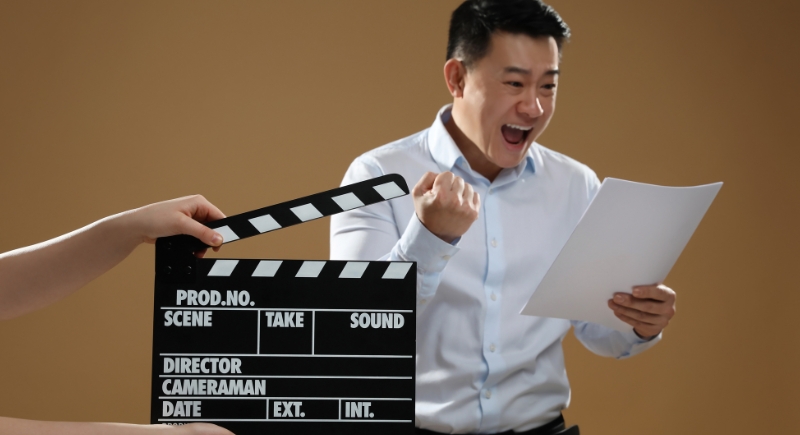
Credit: Africa Images
Extras are hired at minimum wage unless they speak—then the union scale applies. That one “excuse me” or “sorry” can earn more in an hour than dozens of silent scenes. The union scale grants different perks, too: a private area, better food, maybe even a modest dressing room.
Extras Often Provide Their Own Wardrobe
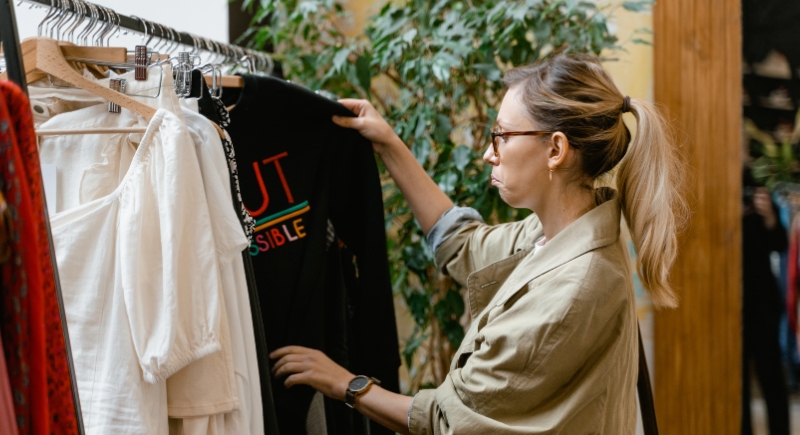
Credit: pexels
Extras usually wear their clothes unless it’s a costume-heavy period film. Wardrobe teams give detailed instructions—”business casual,” “late summer,” or “urban pedestrian”—and check for logos, bright patterns, or repeat offenders. Owning a range of plain, seasonal outfits increases your chances of booking repeat gigs.
Extras Are Placed Based on Height or Hair
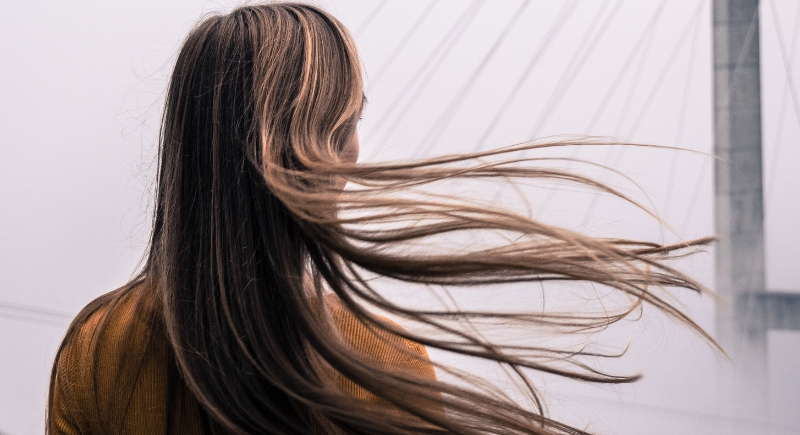
Credit: pixabay
Directors often arrange extras to create balance in the frame. That means placement might depend on height, hair color, or whether an outfit breaks up the visual field. It’s less about the person and more about achieving symmetry for the lens.
Snacks Are Lifesavers, Not Sandwiches
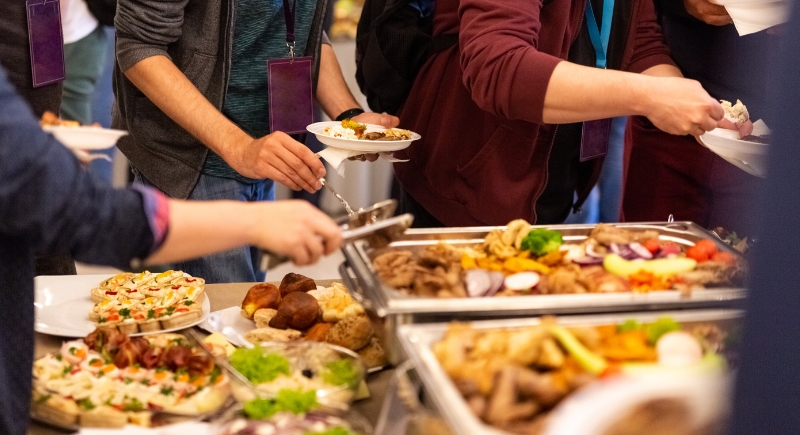
Credit: Getty Images
Official craft services are great, but extras often sit lower in the catering hierarchy. They tend to arrive on the shallow side of the buffet line, eat in waves, or wait until the cast and crew finish. That’s why pockets conceal granola bars and nuts.
Talking Up Your Role Could Get You Noticed

Credit: pexels
Extras with a good reputation tend to get steady work. Punctuality and following directions count for more than grabbing attention. The people who blend in, hit their marks, and don’t miss cues often end up on more sets. Casting teams remember the ones who make things run smoothly.
The Bottom of the To-Do List Isn’t Always Bad
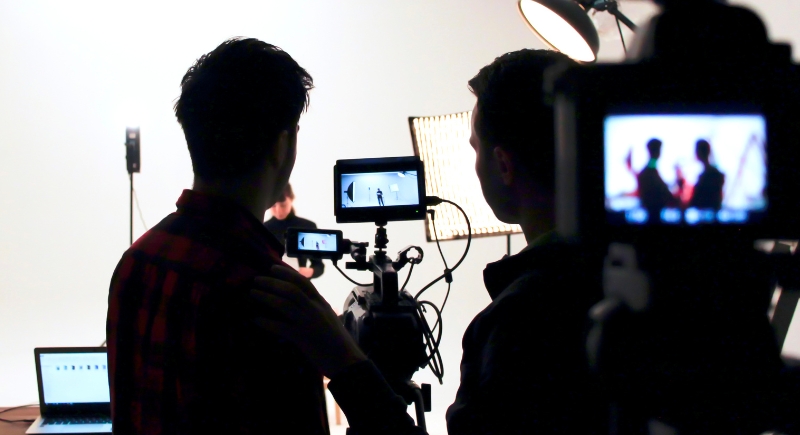
Credit: Getty Images
Working at the edge of the action means seeing how a film set really runs. There’s time to watch the crew set up shots, adjust lights, and solve problems as they go. It’s an insider’s view that’s easy to miss when you’re focused on what’s happening in front of the camera.